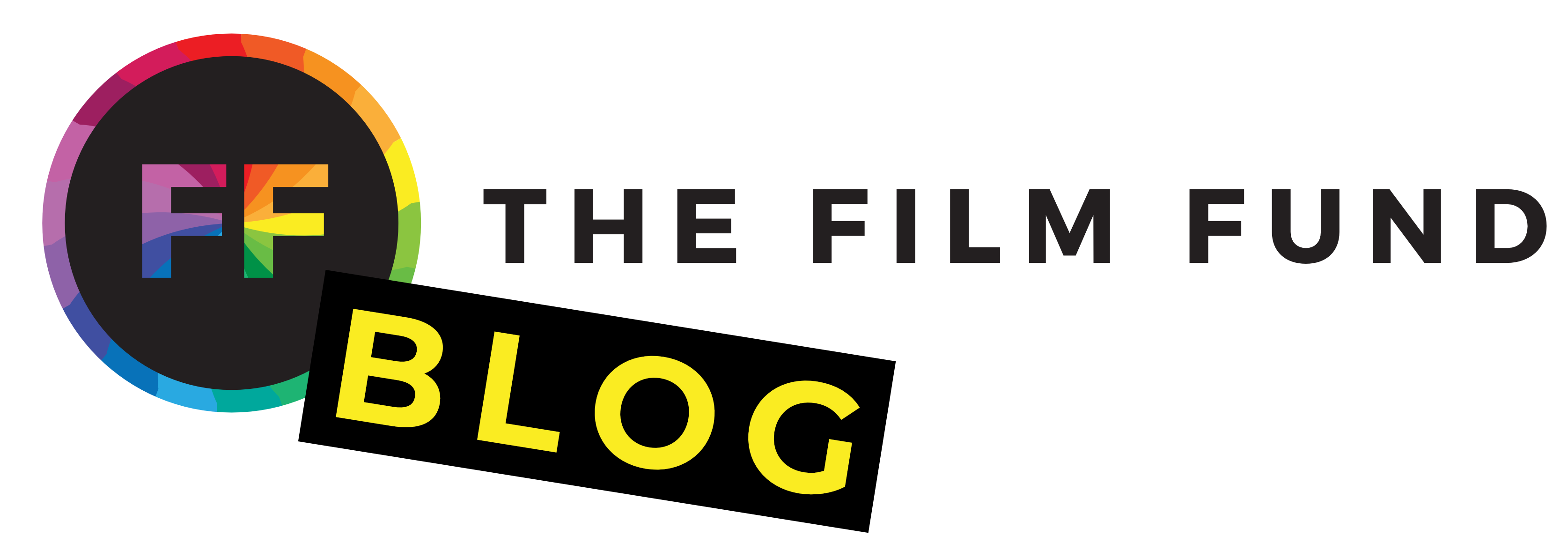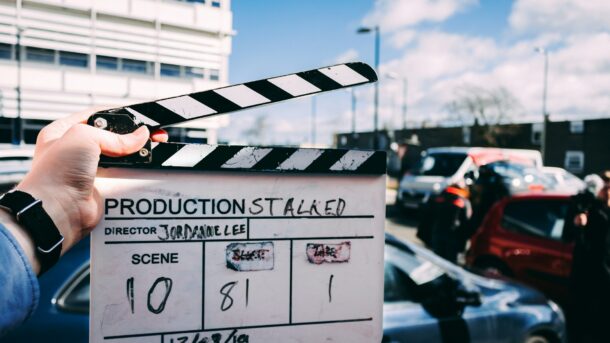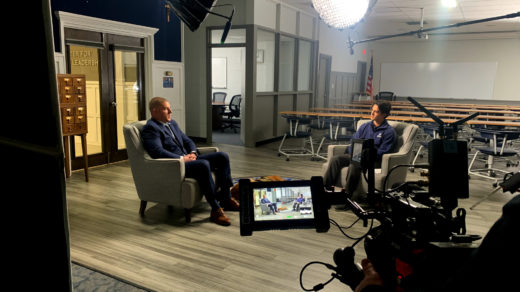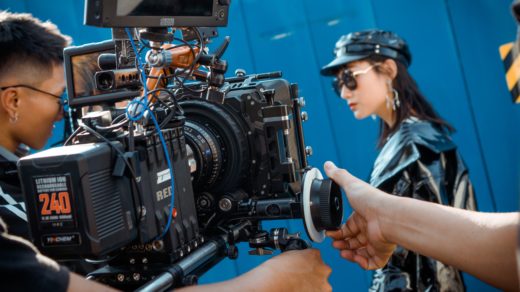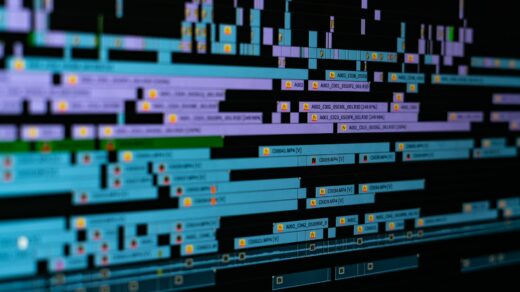Practical effects are physical effects achieved on set, without the need for computer-generated imagery (CGI). Think of the breathtaking stunts, lifelike creatures, and jaw-dropping explosions you’ve seen on screen – chances are, many of them were achieved through practical effects.
First, let’s distinguish them from their digital counterparts. Practical effects refer to physical techniques used during filming to create visual effects in real time, while digital effects involve computer-generated imagery added in post-production. While both have their place in filmmaking, practical effects offer a unique charm and tangible realism that digital effects often struggle to replicate convincingly.
Throughout this post, we’ll delve into the advantages of practical effects over digital effects, explore how beginners can get started with using them effectively, and provide tips for achieving stunning results on a shoestring budget. Whether you’re planning your first short film or looking to enhance your filmmaking skills, we hope this guide will inspire you to embrace the magic of this form of movie magic in your projects.
Understanding Practical Effects
Practical effects are the unsung heroes of filmmaking, adding an extra layer of realism and depth to your scenes. Let’s dive into what they are all about and why they’re a valuable tool in any filmmaker’s arsenal.
Definition and Examples of Practical Effects
In simple terms, practical effects are physical techniques used on set to create visual illusions. These can range from simple tricks like using mirrors to more elaborate setups involving puppets, miniatures, and pyrotechnics. They encompass a wide variety of techniques, each with its own unique charm and application.
Advantages of Practical Effects over Digital Effects
So, why choose these kind of effects over their digital counterparts? The answer lies in their authenticity and tangible presence on screen. Unlike CGI, which can sometimes feel detached and artificial, practical effects offer a sense of weight and realism that resonates with audiences. Plus, they can often be more cost-effective, allowing filmmakers to achieve impressive results without breaking the bank.
Realism and Authenticity
One of the biggest advantages of practical effects is their ability to create believable, tangible effects. These are the kinds of effects that audiences can really see, feel, and believe in. Whether it’s a meticulously crafted creature puppet or a practical explosion on set, they have a way of grounding the action in reality, making the film feel more immersive and engaging than CGI sometimes does.
Cost-Effectiveness
Contrary to popular belief, practical effects don’t always require a Hollywood-sized budget. In fact, many of them can be achieved using everyday materials and ingenuity. By getting creative with your resources and thinking outside the box, you can achieve stunning effects on even the tightest budgets.
Creativity and Problem-Solving
Practical effects also offer a unique opportunity for filmmakers to flex their creative muscles and problem-solving skills. Whether it’s figuring out how to make a convincing creature suit on a shoestring budget or engineering a real explosion that’s both safe and spectacular, practical effects require ingenuity and resourcefulness to pull off effectively.
Common Misconceptions About Practical Effects
Despite their many advantages, practical effects often get a bad rap in today’s digital-centric world. One common misconception is that they are outdated or inferior to CGI. In reality, they offer a timeless appeal that can’t be replicated with computer-generated imagery alone. By understanding the strengths and limitations of practical effects, filmmakers can leverage them to create truly unforgettable cinematic experiences.
Getting Started with Practical Effects
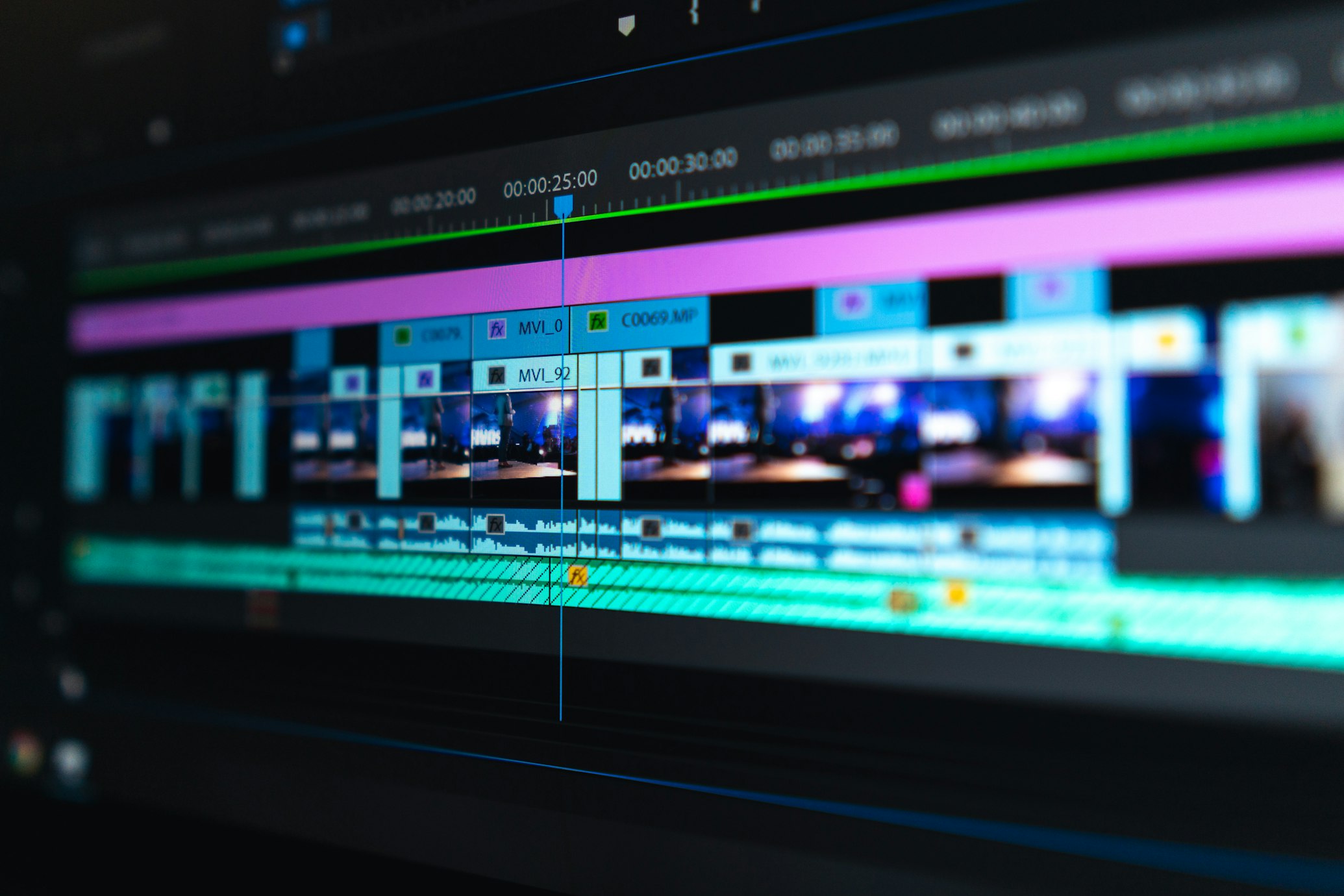
Let’s explore how you can get started incorporating these captivating techniques into your filmmaking projects, no matter your budget or experience level.
Determining Where to Use Practical Effects
Before diving into practical effects, take some time to assess your project and identify opportunities where they can enhance your storytelling. Whether it’s a creature feature, an action-packed thriller, or a heartfelt drama, there are countless ways to incorporate them to elevate your scenes and captivate your audience.
Budgeting for Practical Effects
While practical effects can offer cost-effective alternatives to CGI, it’s still essential to budget wisely and plan accordingly. Take stock of your resources and allocate funds for materials, equipment rentals, and any specialized expertise you may need. Remember, creativity and resourcefulness can go a long way when working on a budget.
Building Your Toolkit for Practical Effects
Ready to start experimenting? Building your toolkit is the first step to success. From basic materials like foam, latex, and paint to specialized tools like sculpting clay and molding supplies, there’s a wide range of resources available to help bring your effects to life. Whether you’re crafting a creature costume or designing a practical set piece, having the right tools on hand is essential for achieving professional results.
Basic Materials and Tools Needed
- Foam: versatile material for sculpting props and costumes
- Latex: ideal for creating flexible prosthetics and creature suits
- Paint: essential for adding color and texture
- Sculpting tools: for shaping and detailing your creations
- Molding supplies: for casting duplicates
DIY vs. Purchasing Premade Effects
When it comes to practical effects, there’s no one-size-fits-all approach. Depending on your project’s needs and your skill level, you may choose to create your effects from scratch or purchase pre-made solutions. While DIY projects offer unparalleled creative freedom, pre-made effects can save time and effort, especially for beginners. Ultimately, the choice is yours, so don’t be afraid to experiment and find what works best for you.
Safety Considerations When Using Practical Effects
Last but certainly not least, safety should always be a top priority when working with practical effects. Whether you’re handling hazardous materials, working with pyrotechnics, or performing stunts, it’s essential to take proper precautions to protect yourself and your crew. Always follow safety guidelines, use protective gear as needed, and never take unnecessary risks in the pursuit of your artistic vision.
Practical Effects Techniques for Beginners
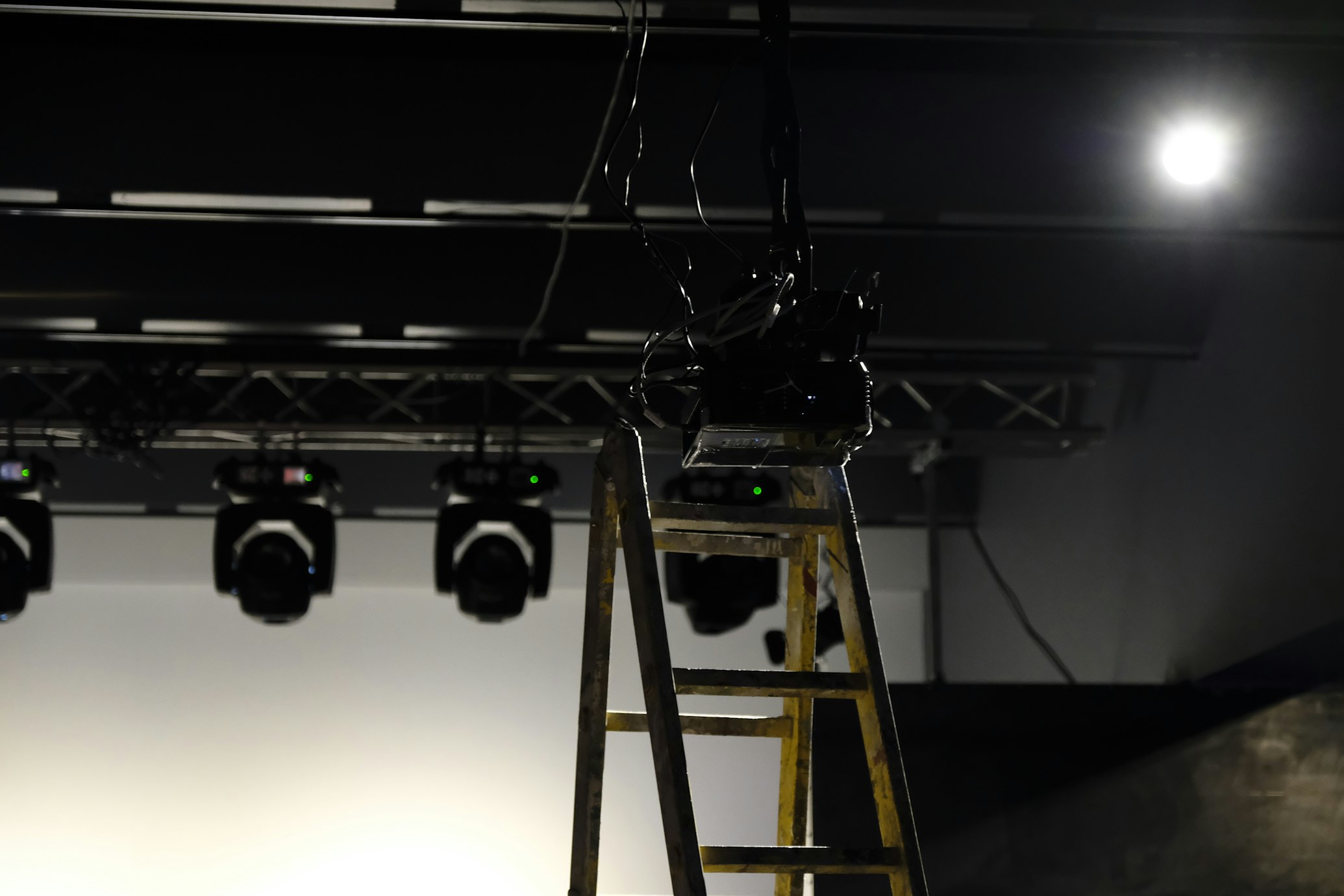
Now that you’ve laid the groundwork for this journey, let’s explore some beginner-friendly techniques to help bring your cinematic visions to life. From miniatures to makeup, there’s a practical effect for every project and skill level.
Miniature and Forced Perspective
Miniatures are a classic practical effect technique used to create small-scale versions of larger objects or environments. Whether it’s a sprawling cityscape or a detailed spaceship interior, miniatures offer a cost-effective way to add depth and realism to your scenes. Forced perspective is another clever technique that manipulates perception to make objects appear larger or smaller than they actually are. By carefully positioning your actors and props, you can create the illusion of scale and immersion that captivates audiences.
Makeup and Prosthetics
Makeup and prosthetics are essential tools for creating believable characters and creatures in your films. Whether you’re aging a character, creating realistic wounds, or transforming actors into otherworldly beings, makeup and prosthetics offer endless possibilities for creativity and expression. With a little practice and the right materials, you can achieve professional-quality results that elevate your film to the next level.
Pyrotechnics and Explosions
Looking to add some explosive action to your films? Pyrotechnics are the go-to practical effect for creating realistic explosions, fires, and other hazardous effects. While pyrotechnics can be dangerous if not handled properly, with proper training and supervision, they can add a thrilling sense of excitement and danger to your scenes. Whether you’re staging a daring escape or a high-octane showdown, pyrotechnics are sure to leave a lasting impression on your audience.
Blood and Gore Effects
For horror filmmakers, blood and gore effects are a must-have tool for creating spine-chilling scares and gruesome thrills. From simple blood splatters to elaborate dismemberments, there’s no shortage of ways to create convincing blood and gore effects using practical techniques. Whether you’re working with practical blood pumps, squibs, or simple makeup effects, blood and gore effects allow you to push the boundaries of realism and terror in your films.
Practical Set Design and Construction
Finally, don’t underestimate the power of practical set design and construction in enhancing your film. From building elaborate sets to crafting intricate props and set pieces, practical set design allows you to create immersive worlds that transport audiences to new and exciting places. Whether you’re building a haunted house or a futuristic spaceship, practical set design is the foundation upon which your film can truly shine.
Tips for Achieving Effective Practical Effects
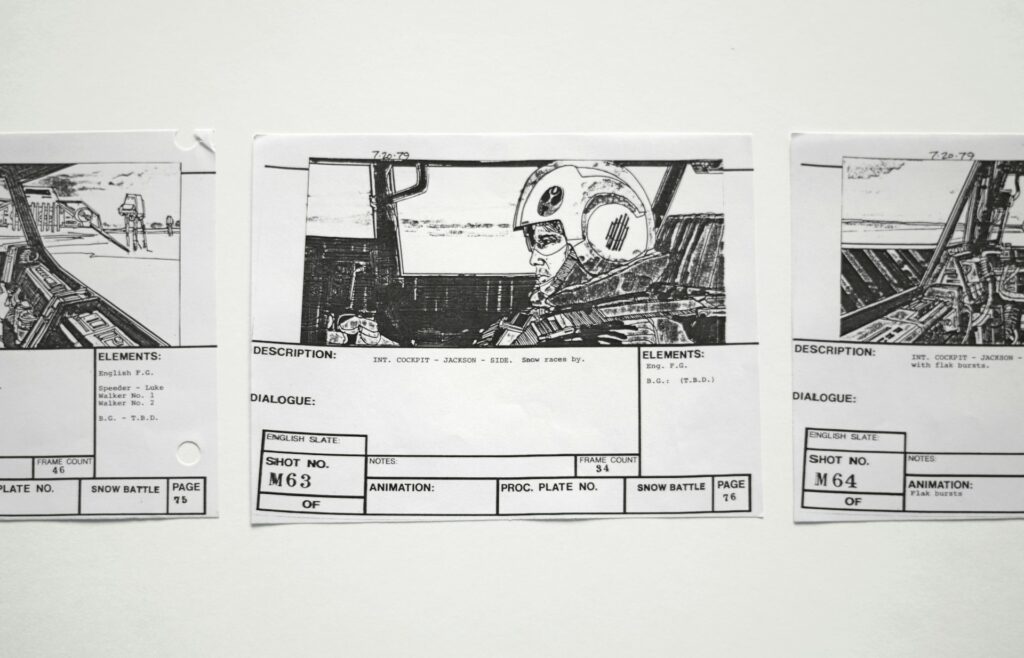
Mastering these effects requires more than just technical know-how; it’s about creativity, collaboration, and problem-solving. Here are some tips to help you achieve stunning practical effects in your films and captivate your audience every time.
Planning and Storyboarding Your Practical Effects Shots
Before diving into practical effects, take the time to plan and storyboard your shots carefully. Consider how your planned effects will enhance your storytelling and integrate seamlessly into your scenes. By visualizing your shots in advance, you can ensure that they serve a purpose and contribute to the overall narrative of your film.
Collaboration with a Team or Specialists
Practical effects often require collaboration with a team of skilled professionals, from makeup artists and prop builders to pyrotechnicians and stunt coordinators. Don’t be afraid to reach out to specialists in your area or enlist the help of fellow filmmakers to bring your practical effects to life. By pooling your resources and expertise, you can achieve results that surpass your wildest imagination.
Testing and Rehearsals Before Filming
Once you’ve planned your practical effects shots, it’s time to put them to the test. Conducting rehearsals and test runs before filming allows you to fine-tune your techniques, iron out any kinks, and ensure everything goes smoothly on the day of the shoot. Whether it’s testing a makeup effect or rehearsing a complex stunt, don’t underestimate the importance of preparation.
Problem-Solving On Set
Despite your best-laid plans, things don’t always go according to script on set. That’s where problem-solving skills come in handy. Whether it’s a last-minute change of plans or a technical glitch, being able to think on your feet and adapt to unforeseen challenges is essential for achieving effective practical effects. Stay flexible, stay creative, and don’t be afraid to think outside the box when faced with obstacles on set.
In Conclusion
Throughout this blog post, we’ve explored the many advantages of practical effects over digital effects, from their authenticity and cost-effectiveness to their creative potential and tangible presence on screen. By harnessing their power, filmmakers can create immersive cinematic experiences that captivate audiences and leave a lasting impression.
For beginner filmmakers, the world of special effects can seem daunting at first. However, with a little creativity, resourcefulness, and experimentation, anyone can master the art and bring their cinematic visions to life. Don’t be afraid to start small, learn from your mistakes, and push the boundaries of what’s possible.
Lastly, if you’re an up-and-coming filmmaker who needs a little extra help to get their short film off the ground, check out our film funding contest! You could win up to $10,000 for the production of your short film. And the best part? No full script needed. Instead, send us a sentence that explains the premise of your short film and why you need our help. And if you’re more interested in learning about our new feature film funding program, you can learn more here!
